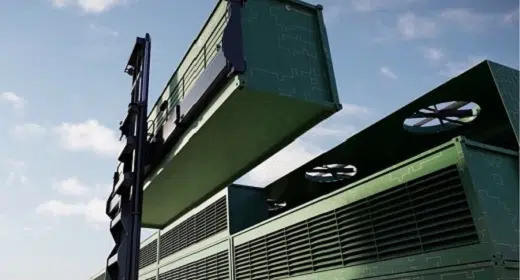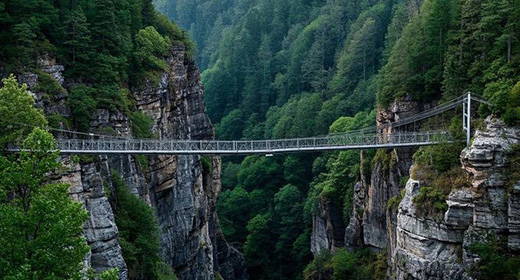by Vanessa Bates Ramirez: Though it’s still a controversial technology, direct air capture—also called carbon capture—is gaining traction…
In the last few years, carbon capture plants have sprung up in Switzerland, Iceland, the US, and Canada. Now a facility that will dwarf all the rest is being built in the Cowboy State: Wyoming. Project Bison will aim to remove five million tons of atmospheric CO2 annually by 2030.
Given the total amount of CO2 that’s in the atmosphere—and still being emitted every day—five million seems like a paltry number; in 2019, the US alone emitted an estimated 5,130 million metric tons of the stuff. But when compared to the not-too-extensive history of direct air capture facilities, five million tons is a lot.
The world’s first commercial carbon capture plant opened near Zurich, Switzerland in 2017. It ran as a three-year demonstration project, capturing an estimated 900 tons of CO2 (the equivalent to the annual emissions of 200 cars) per year.
One year ago, a plant about four times as large as the Zurich facility started operating in Iceland. Called Orca (after the Icelandic word for energy), it’s currently the largest operational facility of its type, capturing 4,000 tons of carbon per year (that’s equal to the emissions of 790 cars—again, pretty small potatoes, right?). The plant consists of eight “collector containers” about the size and shape of a shipping container.
Climeworks, the Swiss company that built Orca, broke ground in late June on another plant in Iceland called Mammoth. With a CO₂ capture capacity of 36,000 tons per year, Mammoth will be almost 10 times larger than Orca, with 80 collector containers.
Lining up these progressively-larger plants, we go from 900 captured tons of CO2; to 4,000; to 36,000; to 5,000,000. That doesn’t make Project Bison seem quite as negligible.
The new plant is a joint venture between Los Angeles-based CarbonCapture and Dallas-based Frontier Carbon Solutions. The former is building the facility, and the latter will be charged with sequestering the captured carbon.
Like Orca and Mammoth, Project Bison will use solid DAC technology. Blocks of fans push air through sorbent filters that chemically bind with CO2 (as opposed to liquid systems, which pass air through chemical solutions to remove the CO2). The filters need to be heated and placed under a vacuum to release the CO2, which must then be compressed under extremely high pressure.
CarbonCapture emphasizes the modular nature of its system, which it says will minimize obsolescence, allow for incremental upgrades, and speed up development cycles. Smaller units are easier to mass-produce, and arrays can be scaled up with demand.
According to the IEA, there were 19 direct air capture plants in operation as of November 2021. Detractors of the technology cite its high cost and energy use, questioning whether these plants are making enough of a difference to be worth the trouble of building and running them.
CarbonCapture is already marketing carbon removal credits; these will likely be purchased by large organizations trying to meet zero-emissions targets. And Project Bison will reportedly use renewable sources for its energy needs, though whether that energy consumption could do more good routed to other purposes is a valid question.
Aside from Alaska, Wyoming is the most sparsely-populated state in the US (despite being the 10th-largest). It’s also the second-biggest net energy supplier among the states, producing 13 times more energy than it consumes. It’s been the country’s top coal-producing state since 1986, accounting for about two-fifths of all US coal mined in 2020.
Though coal is Wyoming’s top electricity generation source, there’s also substantial generation from hydropower and nonhydroelectric renewables. This was part of why the state was chosen for Project Bison, along with its favorable regulatory conditions.
The plant is under construction now, with its first phase of carbon capture operations expected to launch in 2023. It will initially capture around 10,000 tons of CO2 annually, aiming to scale up to 200,000 by 2026, 1 megaton by 2028, and 5 megatons by 2030.
Adrian Corless, Carbon Capture’s CEO and CTO, is up for the challenge. He said in a press release, “We plan to have our first DAC modules fielded by the end of next year and to continue installing capacity as quickly as modules come off our production line.”










































